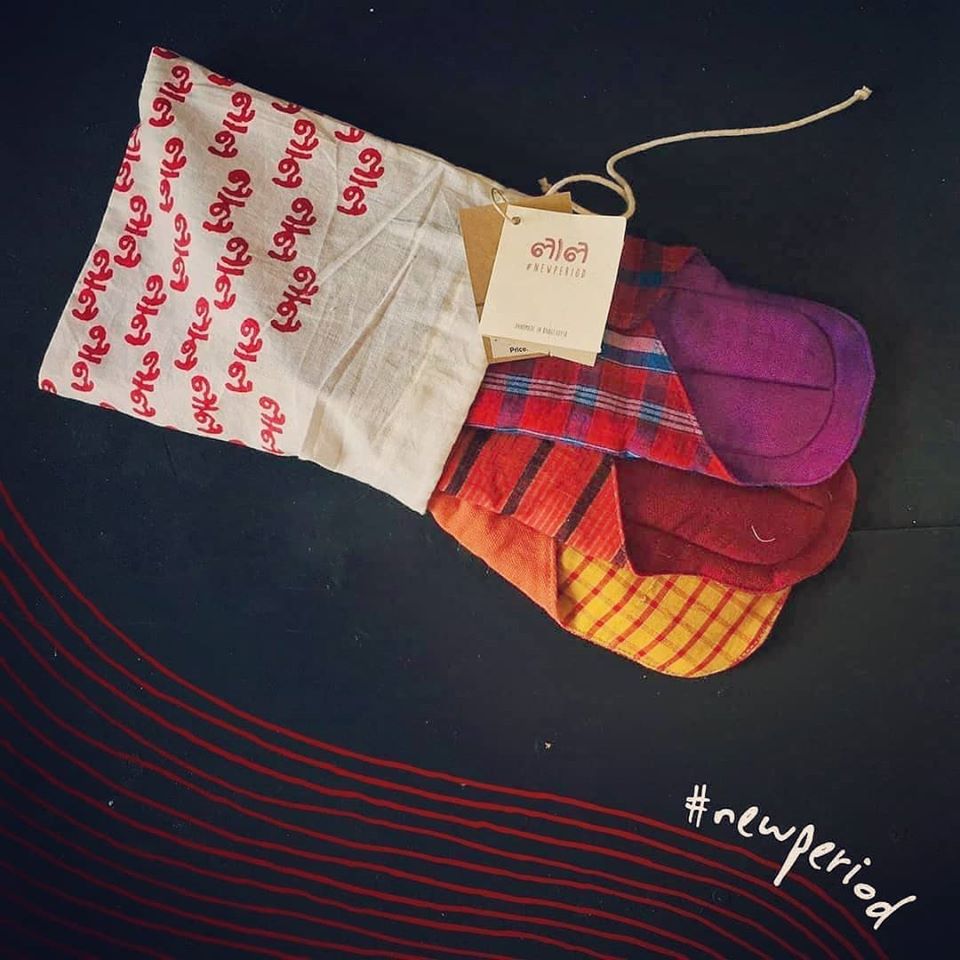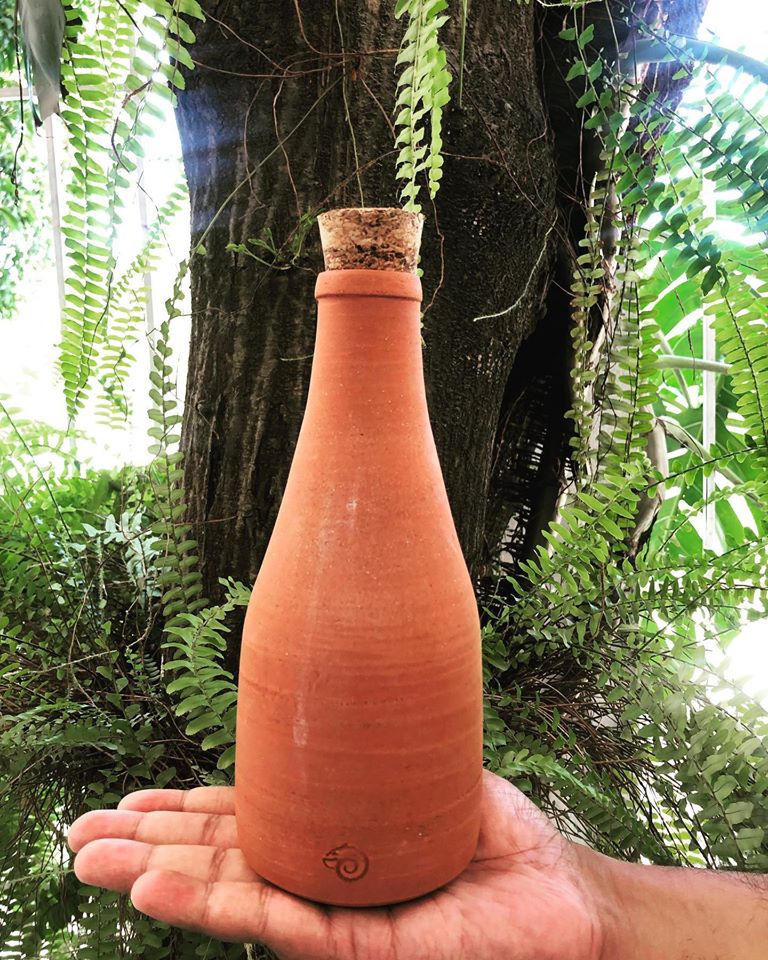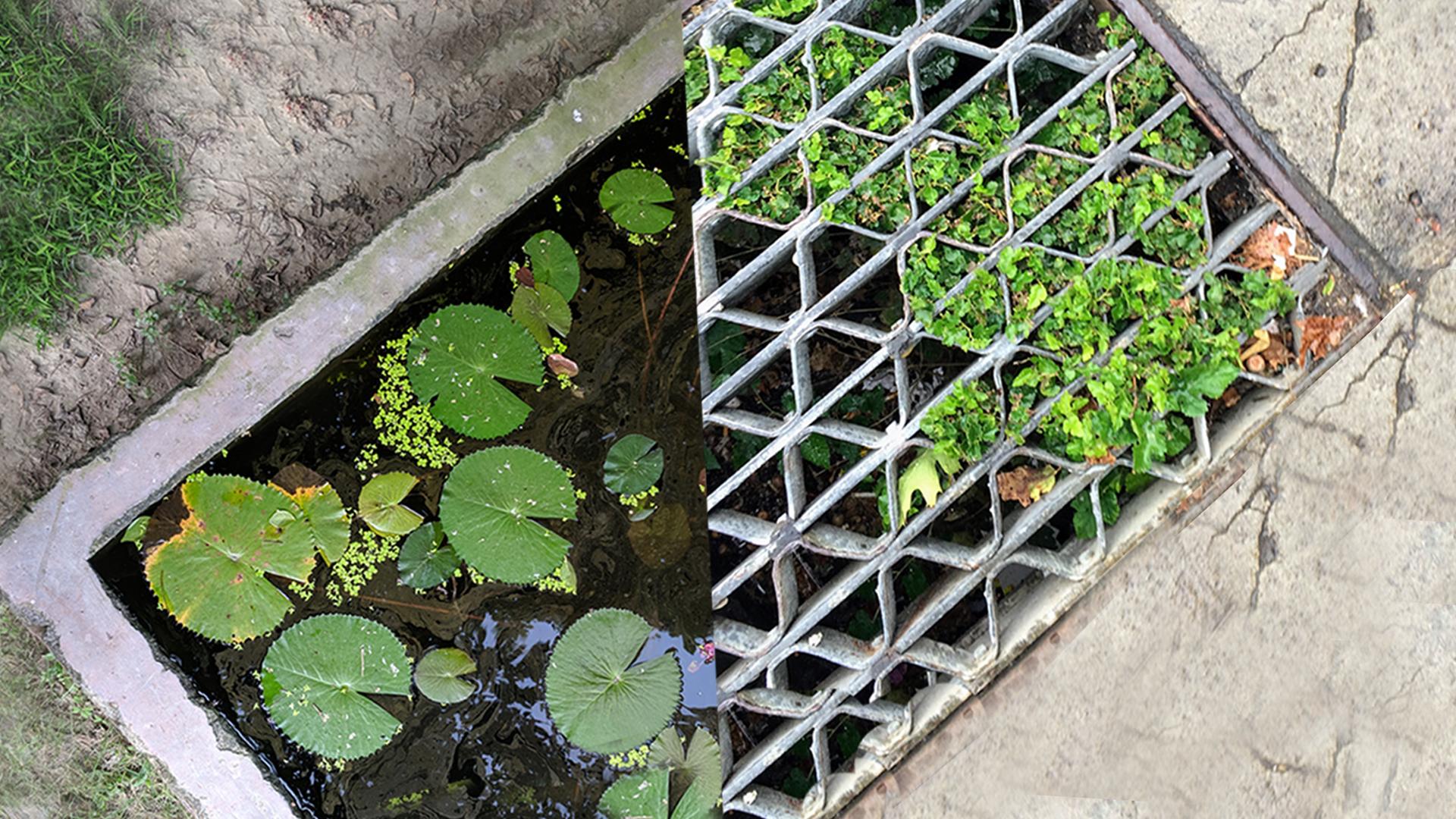The Practice of Sustainability in Everyday Lives
Today, my colleagues and I were having the following conversation in the office vehicle, on our way to a work event.
T: Look! That Range Rover in that showroom is a plug-in hybrid!
M: Range Rovers are so big, and heavy, it wouldn’t even make a 0.5% difference.
Me: It’s like those celebrities who fly private jets and then become vegan to save the environment.
This lead me to thinking about how we practice sustainability individually as well as collectively. For ordinary people like us, private jets are not a prime concern. So the amount of jet fuel they consume (long-range jets consume 358-672 gallons per hour!) is not something we can be held accountable for. Those who prefer public transport over cars are also contributing considerably less harm to the environment. But what happens when you do need to take a flight overseas? Do you beat yourself up thinking how much environmental damage a commercial airline regularly causes?
Then comes the sustainability practices regarding food packaging. Plastic packaging and single use plastic items are a very western practice and is not something us Bangladeshis have grown up witnessing. Although disposable plates and cups are now widely used in offices and public events, glass tableware is still the most popular choice across Bangladesh homes. Perhaps part of the reason why single use plastic items got popular in the West is because they are readily and cheaply available. That’s not true for Bangladesh. Additionally, polythene bags have been banned in the country since 2003, so grocery and retail stores have resorted selling their items in a modified bag made of nylon; this material is still not entirely biodegradable, however it can be used multiple times. So I think at least in this aspect, our Bangladeshi lifestyles are a little more environment friendly.
Certain local brands have recently taken major initiatives with regards to sustainability. Back in 2018, following an event titled ‘Laal’ which celebrated the menstrual cycle, Jatra came up with the concept of reusable menstrual pads. They claimed that these pads are a better alternative to synthetic disposable pads and it was good for the environment too. But these so-called biodegradable pads were nothing but pieces of fabric wrapped around foam and they need to be washed, cleaned and dried if one intended to use them multiple times. Remnants of menstrual blood on the pad, if not washed carefully, can cause considerable health hazard. Additionally, a large amount of water and soap would be required every time these pads have to be cleaned. And how is that beneficial for the environment or for the user themselves?

Similarly, Clay Station Dhaka came up with the idea of handmade water bottles made out of terracotta, with a bottle cap made of cork. I won’t lie, it is beautifully made and the craftsmanship is commendable. But how practical would it be to use this water bottle? The material is weighty and when the bottle is filled with water, it would be even heavier to carry, especially for students and professionals who carry such bottles in their bags and go about their days. And if one is not careful, it may even break into pieces when dropped. In these situations, aren’t tupperware bottles a much better option? They are reusable, lightweight and last for a long time too.

So where do you stand when it comes to living sustainable lives?
